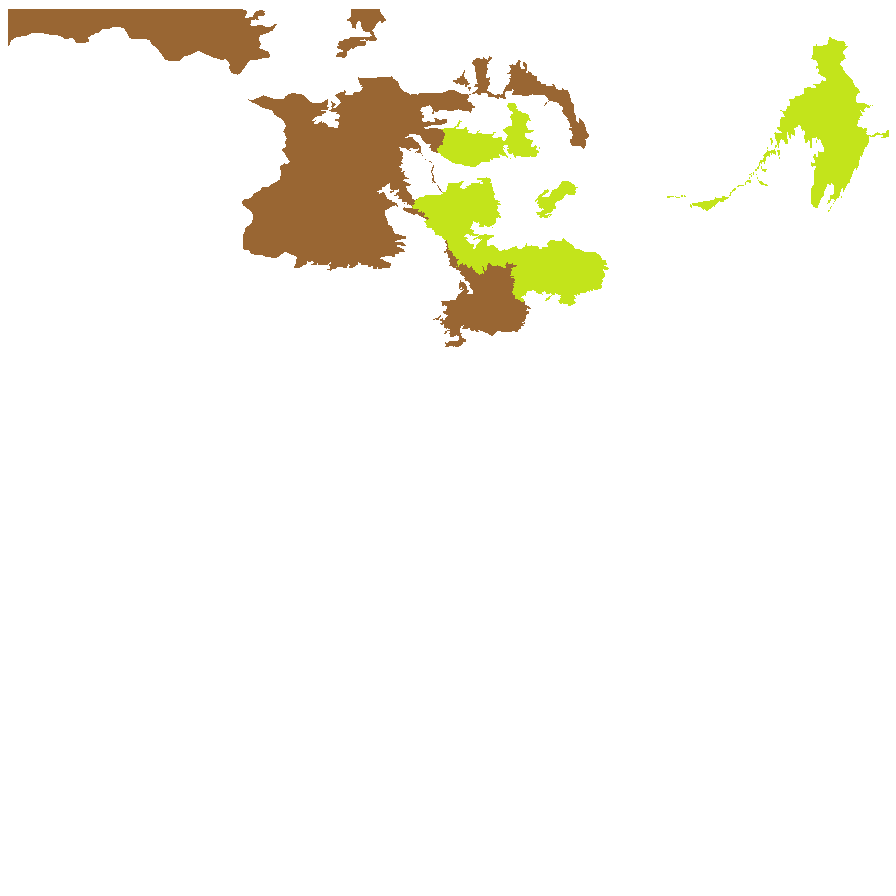

Etymology
Eclipta from the Greek 'ekleipo' meaning to be lacking, alluding to the achenes of some species which are without a pappus or wings. Alatocarpa from the Latin 'alatum' meaning winged and 'carpos' meaning fruit, referring to the species' winged seeds.
Distribution and status
Found in the northern part of South Australia. Also found in the Northern Territory and Queensland. Native. Common in South Australia. Common in the other States.
Herbarium regions: North Western, Lake Eyre, Gairdner-Torrens
NRM regions: Alinytjara Wilurara, South Australian Arid Lands
AVH map: SA distribution map (external link)
Plant description
Annual herb to 30 cm high with weak, ascending hairy stems. Leaves sessile in distant pairs; lanceolate, attenuate into a petiole-like base; entire, to 50 mm long and 10 mm wide; scabrous with appressed hairs. Flower-heads in opposite pairs or solitary in axil of leaves, with yellow daisy flowers. Flowering between April and August. Fruits are brown spiky, globular head. Seed embryo type is spatulate.
Seed collection and propagation
Collect seeds between July and October. Collect mature seed heads that are dried and turning brown by picking off the heads. Mature seeds should come off easily. Place the heads in a tray for a week to dry. Then rub the heads gently with your hands or a rubber bung to dislodge the seeds. Use a sieve to separate the unwanted material. Store the seeds with a desiccant such as dried silica beads or dry rice, in an air tight container in a cool and dry place. Seeds are non-dormant, viable seed should germinate readily.